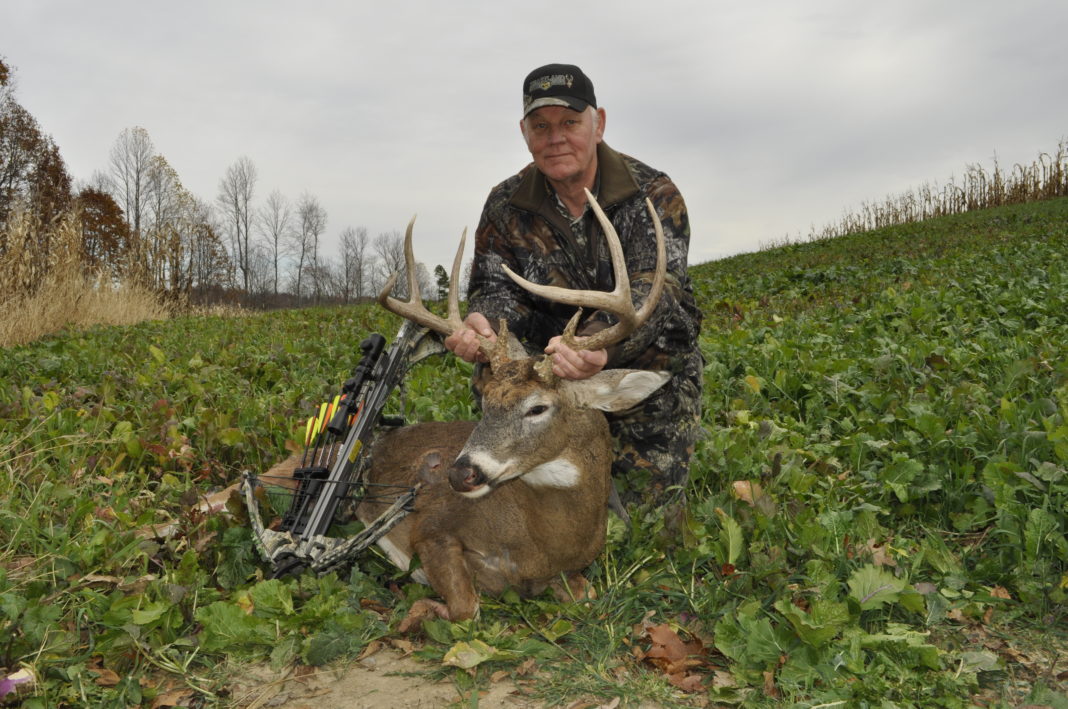With the fall just around the corner, many hunters have food-plot remorse; that is, they wish they had taken the time in midsummer to plant a food plot for this hunting season. Procrastinators, rejoice: It’s not too late. Fortunately, the fall is a rainy period in many parts of the country and a normal amount of moisture will spring specific plants into action. This post from the Whitetail Institute’s Tracy Breen tells you how:
During the past decade, food plots have become the rage among many hardcore hunters. Ten years ago, many hunters could not tell you the difference between a clover and a carrot. Hunters are now becoming land managers and farmers. They are creating tracts of land with one goal in mind: growing and harvesting trophy-class whitetails. The problem is for every hunter who has figured out how to grow food plots successfully, there are 10 who haven’t learned the ins and outs of putting in a food plot.
Many hunters go into the process not having a clue about what they are doing, resulting in a food plot that resembles more of a dirt mound than a food plot. Some hunters know how to properly plant a plot, but when July arrives, the plot they slaved over and cared for like an infant doesn’t see a drop of water; or worse, it has rained too much, and the plot looks like a small duck pond.
There is another category, which I fall into. This group has the best intentions of planting a plot, but somewhere between buying the seed and clearing the land, hunters drop the ball and look at the calendar and realize it’s too late to plant. When these situations occur…



















![The Best Deer Camp Chili [VIDEO] Deer Chili Ingredients, Tomatoes, Chili Spices](/wp-content/uploads/2015/10/Deer-Chili-Deer-Camp-Recipe-218x150.jpg)
![How to Call Elk Early in the Season [VIDEO]](/wp-content/uploads/2016/08/byers003-218x150.jpg)




![Idiots Disturb Hunter: How Would You Have Handled It? [VIDEO]](/wp-content/uploads/2015/10/DSC00110-e1474487693878-100x70.jpg)
![Albino Buck Shocked to Shed His Antlers [VIDEO]](/wp-content/uploads/2015/10/AlbinoDeer-100x70.jpg)